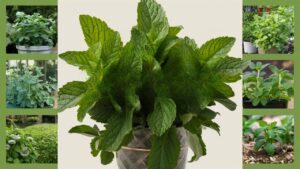In this guide, we will explore various aspects of gardening in March, equipping beginners with the knowledge they need to cultivate thriving gardens. Let’s dig into the key tasks for this pivotal month, ensuring your plants are set up for success.
Soil Preparation

Proper soil preparation is fundamental to establishing a healthy garden. March is the perfect time to address your garden’s soil health, as it sets the foundation for robust plant growth during the coming season. With winter’s frosts receding, it’s essential to assess your soil’s condition, test its nutrient levels, and make any necessary improvements. By enhancing your soil’s texture, structure, and fertility, you’ll ensure that your plants have everything they need to thrive.
Steps for Soil Preparation:
Cleanup:
Remove winter debris such as leaves, sticks, and dead plants. This promotes airflow and reduces pest habitats.
Soil Testing:
Conduct a soil test to analyze nutrient levels and pH. An ideal pH level for most plants is between 6.0 and 7.0.
Amendments:
Incorporate organic matter like compost or well-rotted manure to enhance soil fertility and structure.
Soil Conditioners:
For heavy clay soils, add sand or perlite to improve drainage; for sandy soils, increase organic matter to boost nutrient retention.
Avoid Compaction:
Minimize foot traffic in garden beds to preserve soil structure.
Start Seeds Indoors
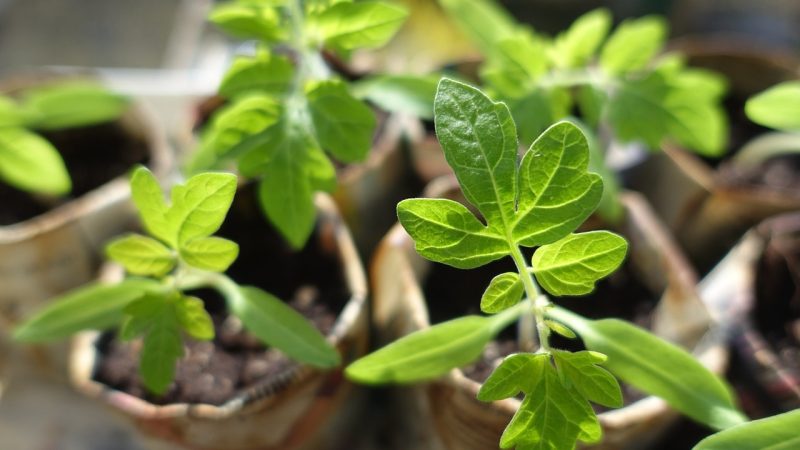
Starting seeds indoors is a rewarding practice that allows gardeners to take advantage of the warmer days ahead while still nurturing vulnerable plants away from harsh weather. Many heat-loving plants need a jump start to yield a plentiful harvest later in the season. By starting seeds indoors, you not only extend your growing season but also take control of the conditions in which your seedlings develop. Proper lighting, warmth, and moisture are crucial for successful germination, and March is the ideal time to get that process started.
Steps for Starting Seeds Indoors:
Choose Containers:
Use clean, sterilized seed trays or pots that ensure good drainage.
Use Quality Seed-Starting Mix:
Select a lightweight, well-draining mix specifically designed for seed starting.
Sow Seeds:
Follow seed packet instructions for planting depth and spacing. Label varieties for easy identification.
Provide Adequate Light:
Place trays in a warm location with plenty of natural light or use grow lights if necessary.
Monitor Moisture:
Keep the soil consistently moist but avoid overwatering, as seedlings are susceptible to root rot.
Direct Sowing
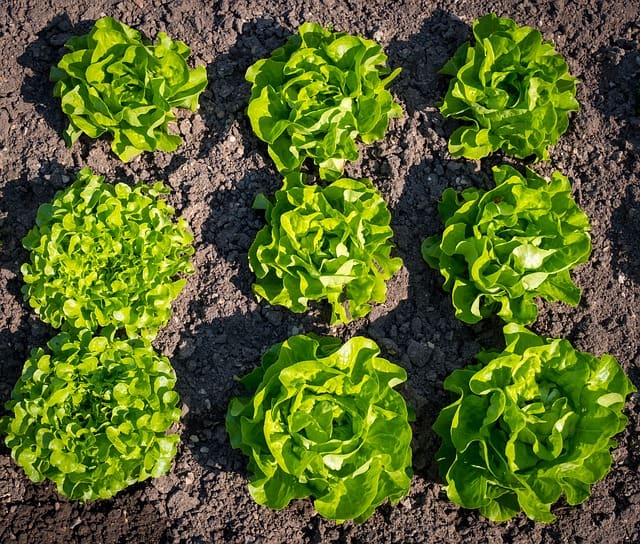
Direct sowing, or planting seeds straight into the garden soil, is a simple yet effective method, particularly for cool-season crops that thrive in the early spring. This method allows seeds to acclimate naturally to their environment, fostering healthy growth right from the start. As temperatures begin to rise, many seeds will begin germinating, sprouting the foundations of your garden. Knowing when and how to sow these seeds properly is essential for success.
Steps for Direct Sowing:
Timing:
Wait until soil temperatures reach around 50°F, which is ideal for most cool-season crops.
Soil Preparation:
Loosen soil and create a smooth, well-drained seedbed to facilitate seed germination.
Planting:
Sow seeds according to packet instructions for depth and spacing; cover them lightly with soil.
Protection:
Use row covers or fabric to shield seeds from frost and harsh winds.
Monitoring:
Regularly check the soil moisture and watch for weeds that might compete with your young plants.
Pruning

Pruning in early March is vital for the health and aesthetics of many trees and shrubs. As plants prepare to come out of dormancy, this is the perfect opportunity to shape their growth and remove any dead, damaged, or diseased branches. Proper pruning not only encourages healthy growth and flowering but also allows for better air circulation and light penetration. Understanding the right techniques and timing for pruning can greatly enhance the quality and longevity of your plants.
Steps for Pruning:
Assess Plants:
Examine trees and shrubs to determine which need pruning for health and aesthetics.
Tools:
Use sharp, clean pruning shears or saws to make precise cuts that promote healing.
Prune Properly:
Cut away dead or diseased branches first, then shape the plant for balanced growth.
Clean Up:
Collect and dispose of pruned material to reduce disease risk and improve appearance.
Timing:
Prune before new growth begins, typically in late winter to early spring when plants are still dormant.
Weed Control
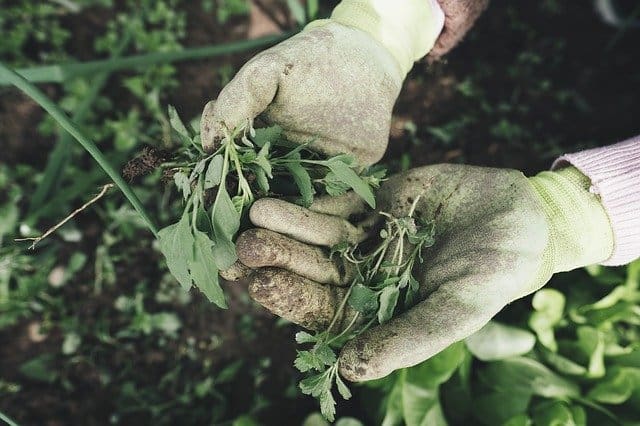
Weed control is essential for maintaining the health and productivity of your garden. Weeds compete vigorously with your cultivated plants for critical resources such as nutrients, water, and light, making early intervention a priority in your gardening tasks. March provides an excellent opportunity to manage weeds before they take root and proliferate. Employing effective weed control strategies now will set you up for a more manageable garden as the growing season progresses.
Strategies for Weed Control:
Hand Weeding:
Regularly inspect for and pull weeds by hand to remove both foliage and roots.
Mulching:
Apply 2-4 inches of organic mulch around plants to inhibit weed growth and retain soil moisture.
Smothering:
Cover heavily weeded areas with cardboard or black plastic to block light and smother weeds.
Natural Herbicides:
Use alternatives such as boiling water or organic herbicides to manage weed populations.
Prevention:
Focus on maintaining healthy, well-watered plants, as strong plants are better able to compete with weeds.
Divide Perennials
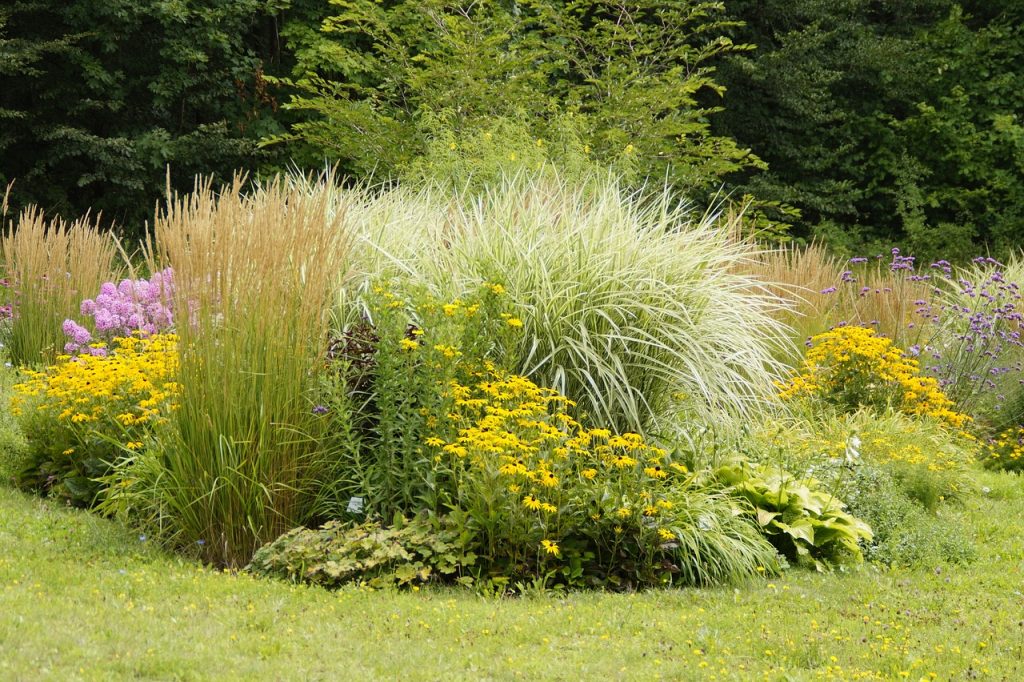
Dividing perennials is an excellent gardening practice that not only rejuvenates the plants but also provides an opportunity to propagate new ones. March is an ideal time to tackle this task, as many perennials are still dormant, allowing for minimal disruption to the plants. By dividing perennials, you can also manage overcrowding, promote healthier growth, and refresh their vigor, which contributes to a more abundant garden overall.
Steps for Dividing Perennials:
Timing:
March is ideal for dividing many perennials while they are still dormant.
Preparation:
Select healthy plants and designate a new area for the divisions.
Lifting:
Carefully lift the plant with a spade to minimize damage to the roots.
Dividing:
Use a sharp knife or spade to split the root ball into sections, ensuring each division has healthy roots and shoots.
Replanting:
Replant at the same depth as before and water thoroughly to promote establishment.
Soil Temperature Monitoring
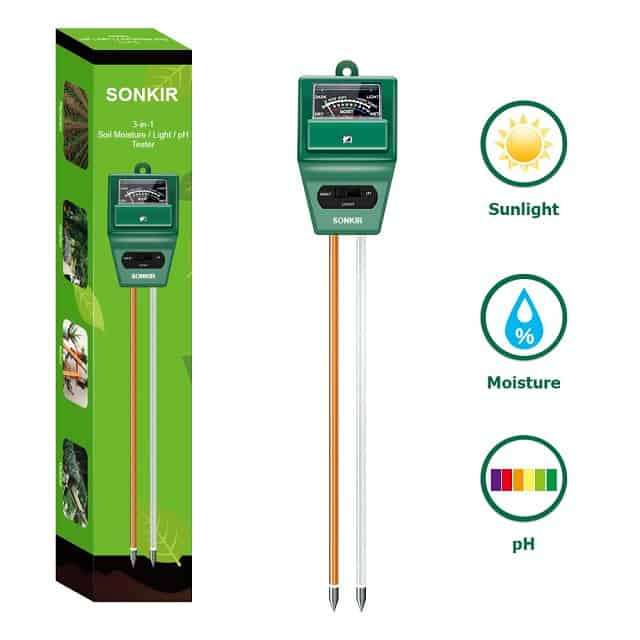
Monitoring soil temperature is a vital aspect of successful gardening, particularly in March as spring begins to unfold. Temperature plays a crucial role in seed germination and plant health; therefore, understanding the right time to plant various seeds is essential. Keeping track of the soil temperature allows you to make informed decisions about when to sow seeds directly in the ground or when to transplant seedlings, ensuring that your plants are placed in the best possible conditions to thrive.
Steps for Monitoring Soil Temperature:
Use a Thermometer:
Measure soil temperature at various depths using a soil thermometer to get accurate readings.
Daily Monitoring:
Keep track of fluctuations in soil temperature throughout the day to identify optimal planting times.
Creating a Microclimate:
Use covers or cloches to warm soil for sensitive crops to encourage faster germination.
Wait for Optimal Conditions:
Avoid planting seeds until soil temperatures meet the specific needs of your chosen crops.
Pest and Disease Management
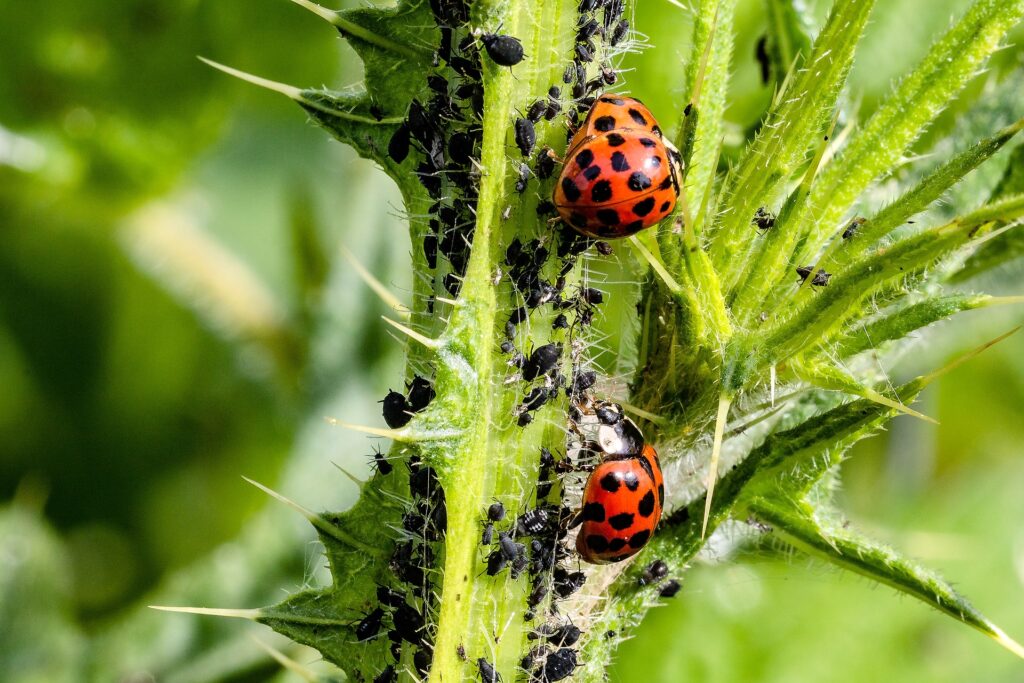
Effective pest and disease management in March is paramount for maintaining a healthy garden environment. During this time, vigilant observation and proactive strategies can help prevent pest outbreaks and the spread of diseases as plants begin to grow. By identifying potential issues early and employing prevention techniques, you can ensure that your garden remains vibrant and productive throughout the growing season. Building a resilient garden ecosystem will be your best defense against potential threats.
Strategies for Managing Pests and Diseases:
Regular Monitoring:
Inspect plants frequently for signs of pests, disease, or abnormal growth.
Encourage Beneficial Insects:
Plant native flowers and herbs to attract beneficial predators that help control pest populations.
Physical Barriers:
Utilize row covers or fine mesh to provide a physical barrier against pests.
Organic Solutions:
Implement natural pest control solutions, such as neem oil or insecticidal soap to manage outbreaks.
Good Watering Practices:
Water at the base of plants to avoid wetting the leaves, which can lead to fungal diseases.
Conclusion
Gardening in March in Zone 6 is an exciting and essential time as winter gives way to new growth. Each task, from soil preparation and seed starting to pest management, plays a vital role in contributing to a healthy and productive garden.



